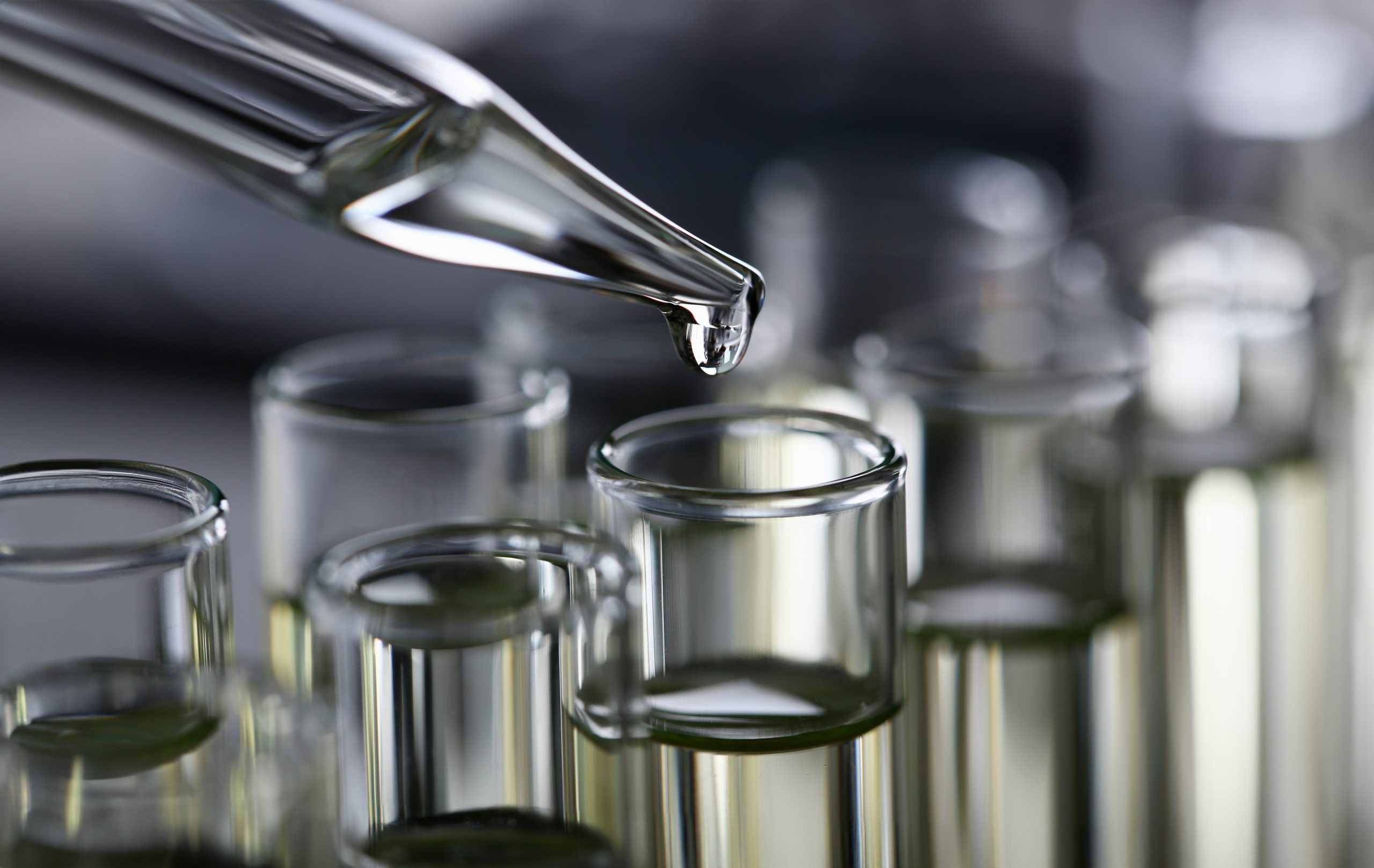Optimizing Formulations After Candidate Selection
Calliste Scholl | Julienne Regele
February 14, 2024
Candidate Selection
Candidate selection is the third phase of the drug development process.1 The main purpose of candidate selection is to continue screening and filtering down to the most promising antibodies, ideally having one or two progress forward. During this phase, researchers are looking to evaluate the developability of a pool of less than five antibodies. One important parameter to evaluate developability is the antibody’s conformational stability, measured by Tonset and TM, with differential scanning calorimetry (DSC) being the gold standard for accurate measurements. The candidates with the highest conformational stability have the highest potential for future drug usage.
Traditional DSCs require a large amount of protein sample to accurately measure Tonset and TM, but the new Rapid-Screening Differential Scanning Calorimeter uniquely offers high-throughput screening with minimal sample volume requirements. At this stage it is also important to start testing on higher concentrations that will mimic dosage concentrations, as conformational stability can be affected by the concentration of the antibody formulation. The RS-DSC also excels in testing high-concentration drug products efficiently and effectively.
Conformational Stability
As mentioned above, proteins with the highest conformation stability are the most promising for drug use. Ideally a candidate will have a Tonset >55°C, TM of the Fab domain >65°C. Microcalorimetry techniques, such as the RS-DSC, are designed to measure conformational stability through a controlled temperature ramp. As researchers utilize this technology, they can prioritize which antibodies are most stable and therefore have a higher probability for successful drug development. It is important to note that the thermogram obtained for an antibody under certain conditions is like a fingerprint, unique. This thermogram gives insights into the antibody’s structure, which is important because there is a strong correlation between structure and function for antibodies. The thermograms obtained during candidate selection can serve as a baseline as the antibody progresses to the formulation stage of drug development, where further screening of buffers is performed.
Formulation
During the formulation phase of drug development, researchers transition from solely screening antibodies to screening both antibodies and different additives, such as excipients, buffers, salts, etc. In this stage, they are typically evaluating the final one or two antibodies to develop the first in human (FIH) formulation for trials. Conformational stability still plays an important role in this phase because it is necessary to evaluate the effects of stability as a function of these different buffer formulations. If the antibody formulation is lyophilized for storage, excipients play a huge role in protecting the structure of the antibody to ensure that it remains intact upon reconstitution.2 Therefore, it is crucial that the final excipient chosen exhibits superior stability properties.
It is important to consider efficiency, and more specifically the time it takes, when testing different excipients. Different variations of each of the formulation components can result in hundreds of individual samples that need to be tested. The RS-DSC‘s capability to simultaneously measure 24 samples enables higher throughput and less hands-on time. High throughput experimentation is the future of developability testing, as it enables rapid optimization of antibody formulations.
The Future of Drug Development
Overall, it is crucial to begin optimizing formulations after the candidate selection process. Specifically, conformational stability is a key parameter for determining the likelihood of antibodies to act as a successful drug. When developing an antibody, it is important to also consider the structural stability of the excipient, as this will influence the biophysical properties of the drug to interactions between the two compounds.
Therefore, it is important to be able to quickly screen large quantities of formulations, highlighting the value of multi-sample testing. The future of drug development lies in high throughput experimentation, where researchers can rapidly optimize and screen different antibodies and formulations, allowing for more efficient evaluation of different drug candidates. Learn more about high-throughput, high-concentration testing on the RS-DSC and contact TA Instruments’ experts to learn more about reliable formulation screening for your lab.
References
- Evaluating Antibody Stability with Nano Differential Scanning Calorimetry – TA Instruments. (n.d.). Retrieved November 3, 2023, from https://www.tainstruments.com/evaluating-antibody-stability-with-nano-differential-scanning-calorimetry/
- Zhang, Y., Williams, R. III., and Tucher, H. (2020) Formulation Strategies in Immunotherapeutic Pharmaceutical Products. World J Clin Oncol, 11(5), 275-282. https://doi.org/10.5306%2Fwjco.v11.i5.275
Other Resources
- Application Note – Rapid Thermal Stability Screening of High Concentration Biologic Drugs
- Application Note – Determining Thermal Stability of Antibodies with a Nano DSC
- Webinar – Biophysical Characterization of Antibody Drug Conjugates Using DSC
- eBook – Must Know Analytical Techniques for Biopharma Developers
- Instrument – RS-DSC
- Instrument – Nano DSC
- Contact – Contact TA Instruments Today


